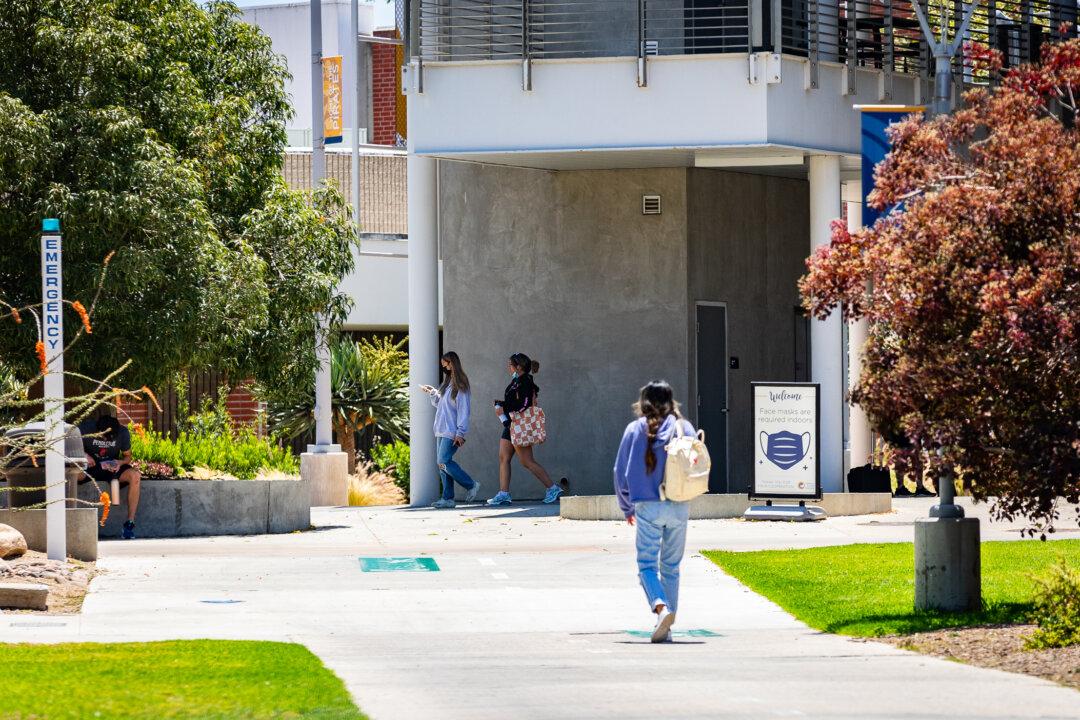With the nation’s inflation rate at its highest in 40 years, an economist from UCLA says middle- and low-income families bear the brunt of the burden.
Inflation in the Los Angeles area, which also includes Long Beach and Anaheim, rose 8.5 percent in the year through March—on par with the national rate—the Bureau of Labor Statistics announced April 12.




